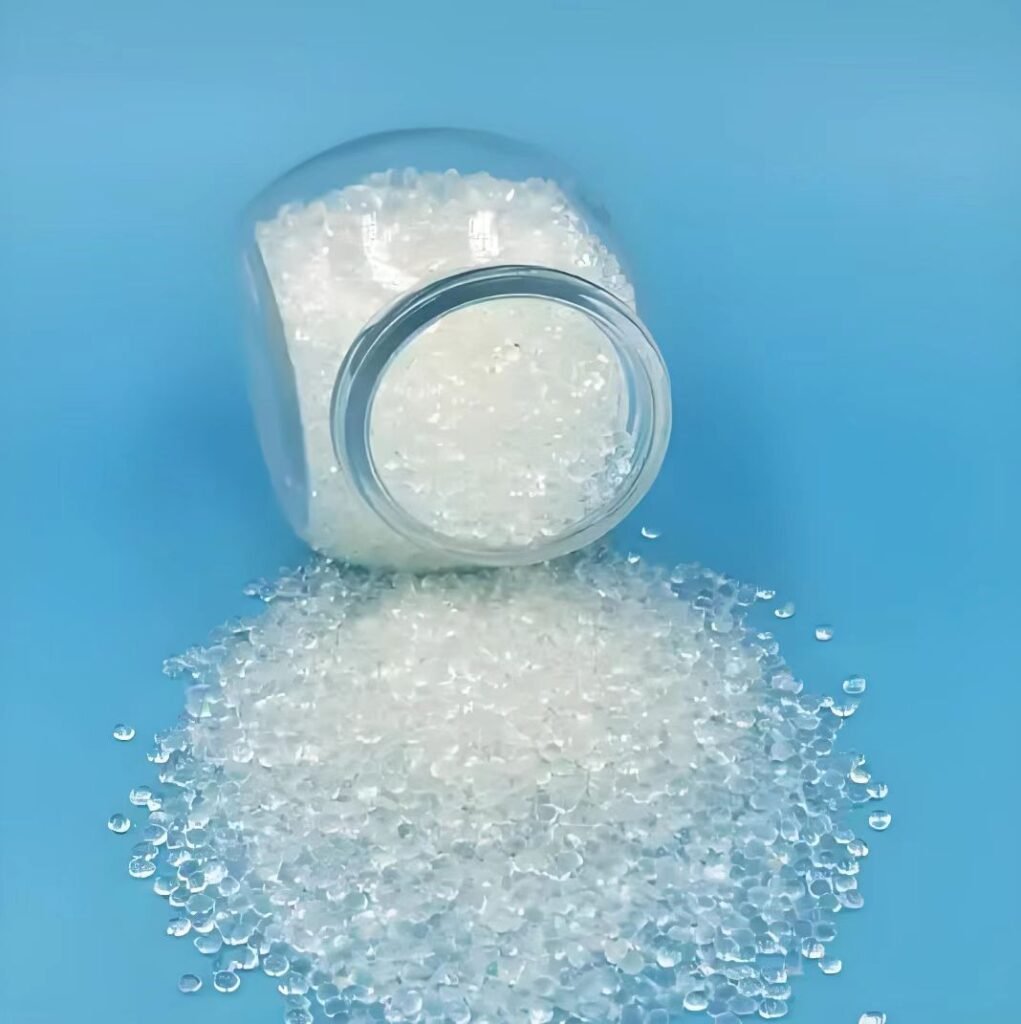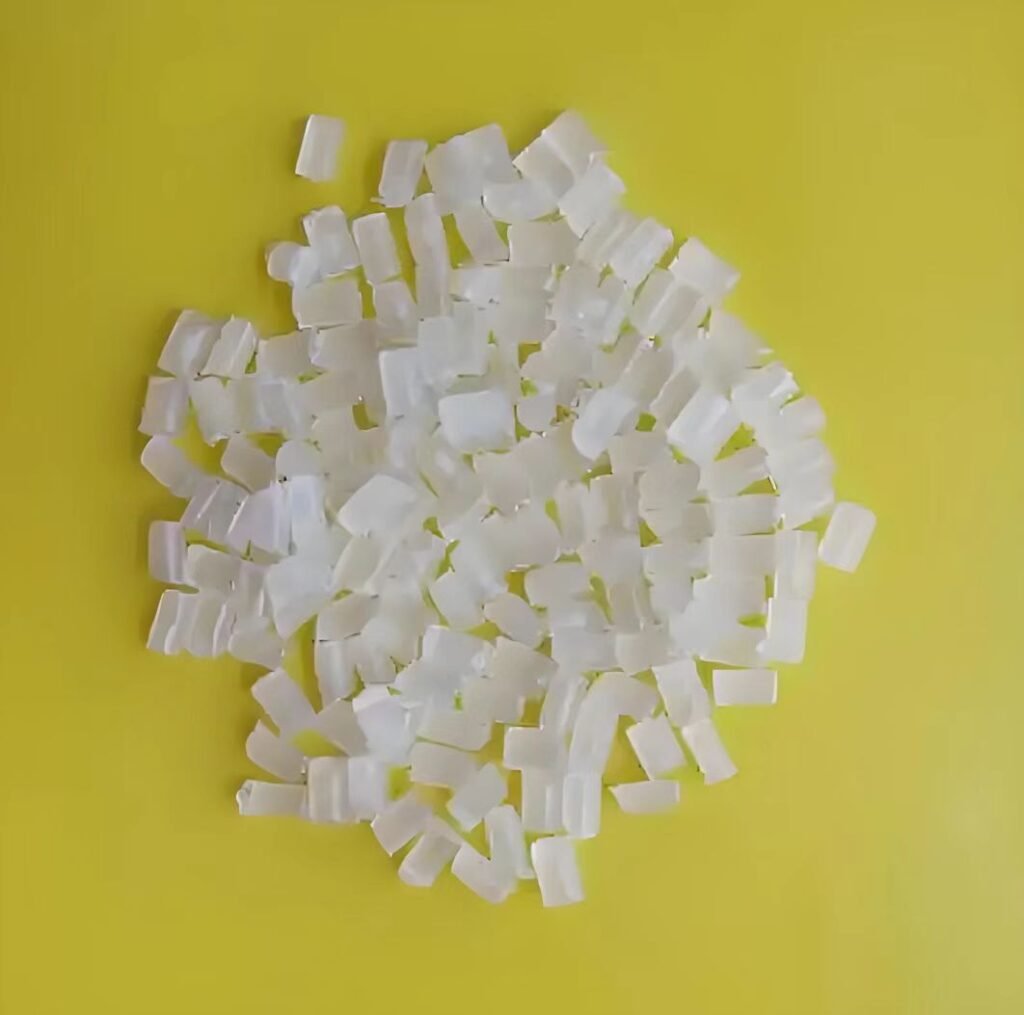1. Global market dynamics and regional demand hotspots
Reshaping the supply chain pattern
As an emerging export power, Turkey will concentrate on delivering 1,881 batches of acrylic polymers to Russia, Bangladesh and Ukraine in 2023-2024. However, global dominance is still in the hands of Asia – India ranks first with 24,438 batches of exports, followed by China with 21,171 batches. This pattern highlights the resilience of the Asian supply chain and provides cross-border sellers with diversified
procurement options.
High-potential terminal market explosion
The construction and home fields occupy the absolute mainstream of acrylic solid surface applications, among which the countertop market size is US$3.25 billion (2024), and the sink application ranks second with US$2 billion.
The demand for acrylic packaging containers has soared on cross-border e-commerce platforms. According to Alibaba International Station data, the buyer scale index of acrylic plastic jars is as high as 145.91. The United States, China and France are the core purchasing countries, while the number of visits to emerging markets such as Djibouti and the Dominican Republic has surged within 60 days.
Art supplies track emerges: the acrylic canvas market is expected to reach 2.7 billion US dollars in 2032, and the DIY craze has driven the category to continue to increase in the European and American home decoration and gallery channels.
Regional growth polarization is obvious

North America leads the consumption of acrylic solid surfaces (38% share), and there is a strong demand for environmentally friendly materials;
Asia-Pacific will become the growth engine, the annual growth rate of the extruded acrylic board market leads the world, and China’s cast board market is expected to reach 32.14 billion yuan in 2029 (CAGR 6.02%);
The Middle East and Africa region is expected to open up incremental space by relying on infrastructure expansion (Saudi Arabia’s cross-border platform is under construction).
2. Regulatory earthquake: Germany’s new regulations force compliance upgrades
Starting from January 1, 2025, Amazon Germany will enforce the disposable plastic fund bill, and sellers who fail to submit registration numbers will face product removal and a fine of up to 100,000 euros. The key points of the new regulations include:
Applicable to: All cross-border sellers who sell disposable plastic products to German households (regardless of whether they are registered in Germany);
Controlled products: 8 types of disposable plastic products such as food containers, beverage cups, plastic film packaging, wet wipes, etc. (some industrial uses are exempted);
Emergency steps:
Register through the DIVID platform from August 1 (non-German companies need to designate an authorized representative);
Obtain a registration code in the format of “H-XXXXXX-DE”;
Submit the code to Amazon in Q3-Q4 2024.
Sellers should note: This regulation is independent of the German Packaging Act. Even if the packaging law registration has been completed, additional plastic tax compliance is still required.
3. Innovation trend: Sustainable and technology-driven reconstruction of product value
Green material revolution
Global brands are accelerating the development of bio-based and recycled acrylic. For example, the high-performance green materials developed by the China Buy Chemical Plastics Platform in conjunction with universities have been patented and promoted the establishment of a “new material + digital economy demonstration zone”. Environmental protection attributes have become a core decision-making factor for European and American buyers.

Functional upgrade
The penetration rate of extruded acrylic sheets in the fields of lightweight automobiles (increasing applications in the transportation field) and LED signage has increased;
Innovation of cast sheets focuses on honeycomb structures (building load-bearing) and light-transmitting and color-changing smart materials (interior design);
The expansion of the adhesive market (US$9.12 billion in 2025) drives the demand for industrial-grade acrylic, especially the fast curing characteristics of MMA adhesives.
IV. Future Outlook: Digitalization and Emerging Market Dividends
AI Reshapes the Industrial Chain
Head platforms such as Buy Chemicals have connected to AI assistants to achieve material matching and formula guidance, and generate 50+ industrial commodity indexes based on procurement data to drive precise research and development9. Cross-border e-commerce can capture emerging demands through data tools (such as the annual sales of translucent acrylic sheets in the field of lighting design increased by 15%).
Overseas model upgrade
The “platform + industrial belt” model accelerates the globalization of China’s supply chain. For example, the Jizan Chemical Cross-border Platform promoted by China-Saudi Arabia cooperation provides a Middle East springboard for Chinese acrylic companies9. Multilingual marketing tools (such as Russian/Arabic journals) have become the key to seize emerging markets.
Action Suggestions: Three Steps to Win in Cross-border E-commerce
Compliance First: Immediately screen whether the products on the German site involve disposable plastics, and start DIVID registration in August;
Product Selection Focus:
Architecture: Thick Plate/Solid Surface Materials (Countertops, Bathroom Applications);
Consumer Field: Customized Packaging Containers (Supporting LOGO Printing);
Emerging Tracks: Environmentally Friendly Canvas and Smart Color-changing Materials;
Taking Advantage of Digitalization: Access to industrial e-commerce platforms (such as Maihuasu) to obtain AI product selection and cross-border financial support, and layout incremental markets such as Saudi Arabia and Southeast Asia.
The global acrylic industry is undergoing a dual-track transformation of “greening + intelligence”. Cross-border e-commerce needs to simultaneously improve compliance capabilities and technical sensitivity in order to accurately position itself in the 10 billion market.
